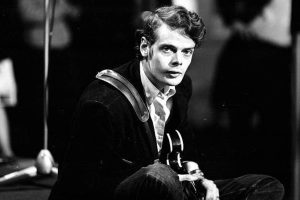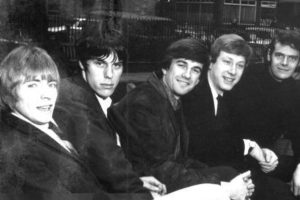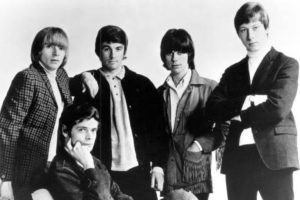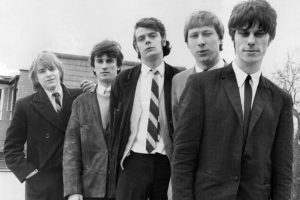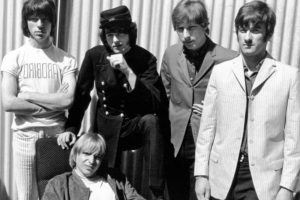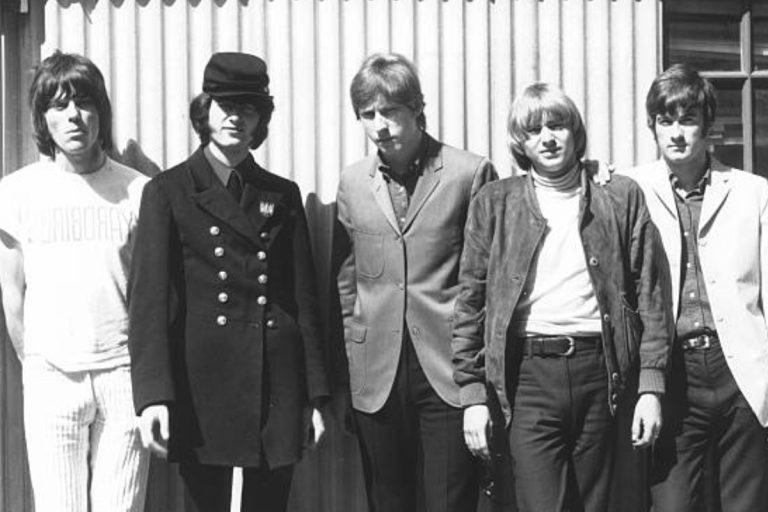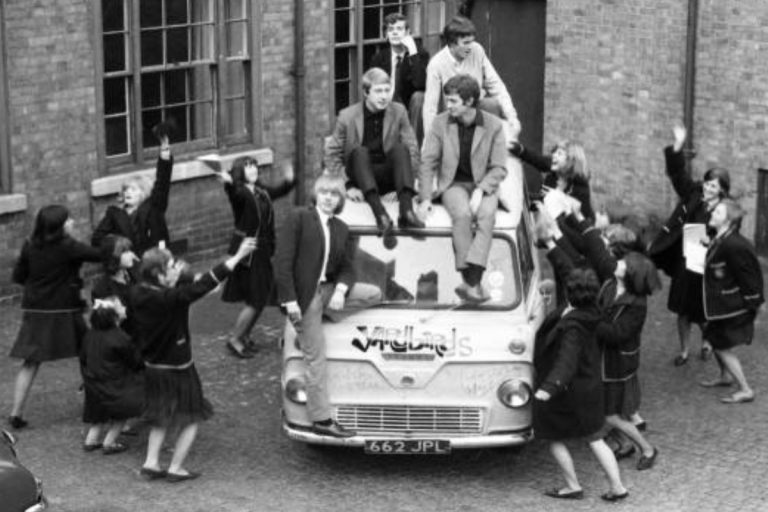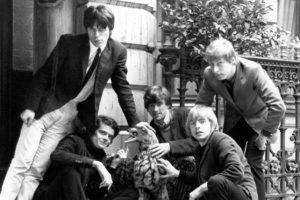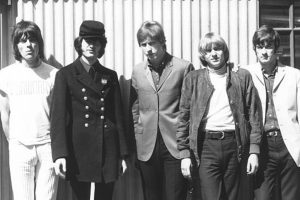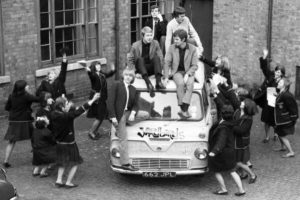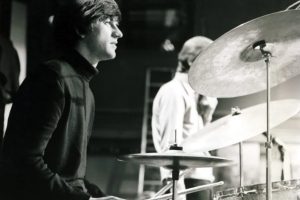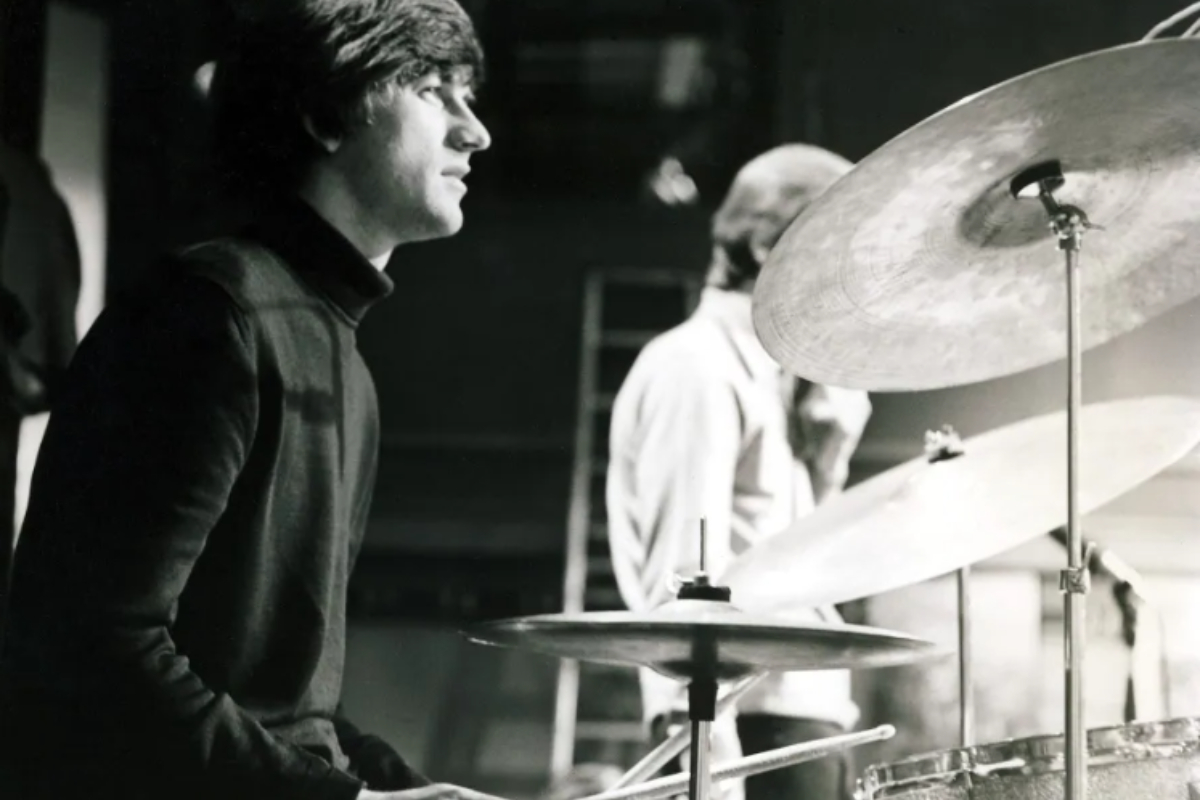
The drumming style of Jim McCarty is not just a part of The Yardbirds’ music—it’s a foundation of the sound that defined a crucial chapter in rock history. While guitarists like Eric Clapton, Jeff Beck, and Jimmy Page often get the spotlight, McCarty’s contributions behind the drums are often overlooked. But in truth, without his distinctive playing style, the band’s sound would have been completely different. For musicians, fans, and even newcomers to music, understanding McCarty’s style opens the door to a deeper appreciation of classic rock.
Before We Begin: What This Article Covers
- A closer look at Jim McCarty’s background as a drummer
- The core characteristics of the drumming style of Jim McCarty
- A review of key Yardbirds tracks that showcase his playing
- How he built the band’s groove and worked with guitarists
- Comparisons with other top drummers of the 1960s
- His influence on future generations of musicians
Who Is Jim McCarty?
Jim McCarty is an English drummer born on July 25, 1943. He’s best known as one of the original members of The Yardbirds, a band that played a major role in shaping the British rock scene of the 1960s. Aside from being an exceptional drummer, McCarty is also a songwriter and musical arranger.
Even with three legendary guitarists in the group, McCarty was one of the band’s quiet but steady anchors. With his humanistic and expressive drumming style, he helped shape the Yardbirds’ sound, which bridged blues and psychedelic rock. He remains active in music today and is regarded as one of the most dynamic and artistic drummers of his generation.
A Brief Background on McCarty as a Drummer
Before joining The Yardbirds, Jim McCarty grew up during an era when jazz and blues dominated the music scene. He developed a love for music at an early age and taught himself to play drums in an informal way. His influences came not just from rock, but also from jazz greats like Max Roach and Elvin Jones. That’s why even while playing in a rock band, his groove felt different. He wasn’t a drummer who relied on brute force; his playing had depth and control.
When he joined The Yardbirds in 1963, he brought this thoughtful approach. While other bands focused on raw energy, McCarty aimed for emotional balance in every track. He was what you’d call a “musical drummer”—not just a timekeeper, but a storyteller through rhythm.
Style and Technical Characteristics
One of the most recognizable aspects of Jim McCarty’s drumming is his use of dynamics. He skillfully navigated between soft and loud, simple and complex. Rather than filling every gap with drum fills, he used space—something he learned from jazz—where silence can be as powerful as sound.
His timing wasn’t robotic. It had swing and groove, even in fast-paced songs. For example, instead of hitting every beat exactly on time, he often placed them slightly behind, giving recordings a more “human feel.” This kind of phrasing was rare among rock drummers back then and showed his deep emotional understanding of music.
He also didn’t rely on flashy solos. To McCarty, the whole song mattered more than showing off. His fills were always purposeful, well-placed, and never overshadowed other instruments. That’s why many describe his style as creative, not showy.
Iconic Songs That Showcase McCarty’s Style
If you want to truly experience Jim McCarty’s drumming, several Yardbirds tracks stand out. One is “For Your Love,” where his drumming is minimal but clever. Instead of stealing the spotlight, he used the drums to create tension—each beat adding depth to the emotion of the song.
In “Heart Full of Soul,” his control is on full display. Keeping pace with Jeff Beck’s fuzz guitar wasn’t easy, but McCarty served as a bridge between experimental sound and solid rhythm. In “Shapes of Things,” he showed his creative side, with parts that felt abstract yet never lost direction. And in “Happenings Ten Years Time Ago,” he merged complexity and precision, proving he could keep up with the shift toward psychedelia.
His Role in The Yardbirds’ Sound
The Yardbirds wouldn’t have been the same without McCarty. While guitars often grabbed the attention, he was the band’s foundation. His drumming gave room for every instrument to breathe. On blues-based tracks, his groove set the tone. On psychedelic ones, he guided the changes in tempo and mood.
He was also a big reason why the band’s guitarists shone so brightly. His ability to adapt to each player’s style—from Clapton’s blues purity, Beck’s experimental edge, to Page’s more structured playing—was invaluable. Simply put, McCarty was the glue that held the Yardbirds’ diverse musical personalities together.
Compared to Other Drummers of the Era
The 1960s had no shortage of amazing drummers. But Jim McCarty stood out. While Keith Moon was known for his wild energy and Ginger Baker for technical brilliance, McCarty was subtle but effective. His style didn’t overpower, but you could feel it. He didn’t compete with other instruments—he conversed with them.
Compared to Charlie Watts of The Rolling Stones, they shared a similar understated quality. But McCarty was more open to experimentation. And compared to Mitch Mitchell of The Jimi Hendrix Experience, McCarty was more grounded—he didn’t fly off the handle but always had direction. So while he wasn’t as famous as others of his time, the respect he earned was deep and lasting.
Legacy and Influence
Many modern drummers have cited Jim McCarty’s style as a major influence. He was one of the first rock drummers to play not just with power but with musicality. In interviews, several prog rock and jazz-rock drummers mention how his mix of groove and sensitivity inspired them to think beyond traditional patterns.
Even though he isn’t often in the spotlight, his legacy lives on. At concerts and tribute events, his style is honored. On YouTube, young drummers still try to replicate his beats—a sign that his drumming hasn’t aged. In today’s era of digital production and programmed beats, McCarty’s organic playing reminds us that music is alive, breathing, and real.
How Jim McCarty Sees His Own Style
In several interviews, Jim McCarty has said his approach to drumming has always been about listening. According to him, he doesn’t just play—he listens to the whole song. He wants to convey emotion, not just keep tempo. So even though he’s not flashy, his touch is memorable.
He has also shared that he enjoys improvisation. He’s not a fan of rigid patterns. He likes every performance to have something new. That, he says, is why he still enjoys playing after all these years. The drumming style of Jim McCarty isn’t just about form—it’s a form of communication.
The True Value of the Drumming Style of Jim McCarty
Above all, what stands out in the drumming style of Jim McCarty is his humility and deep care for the music. He never tried to steal the spotlight, but he was always there, reliable, steady, and artistic. Every beat he hits tells a story. And in every silence between beats, there’s a feeling that words can’t describe.
The drumming style of Jim McCarty is more than just part of rock history. It’s a reminder that being a great musician isn’t measured by how many notes you play or how fast you move, but by how deeply you listen and how intentionally you play.
